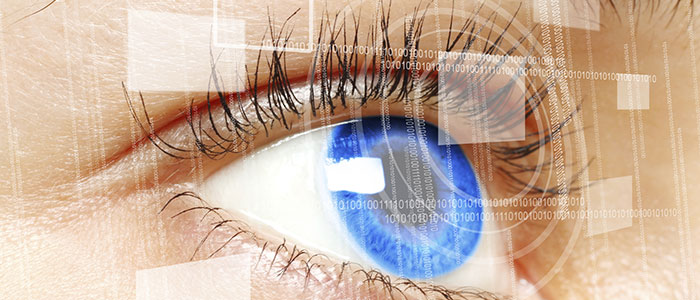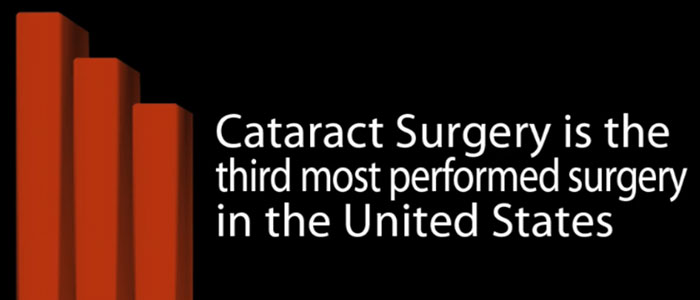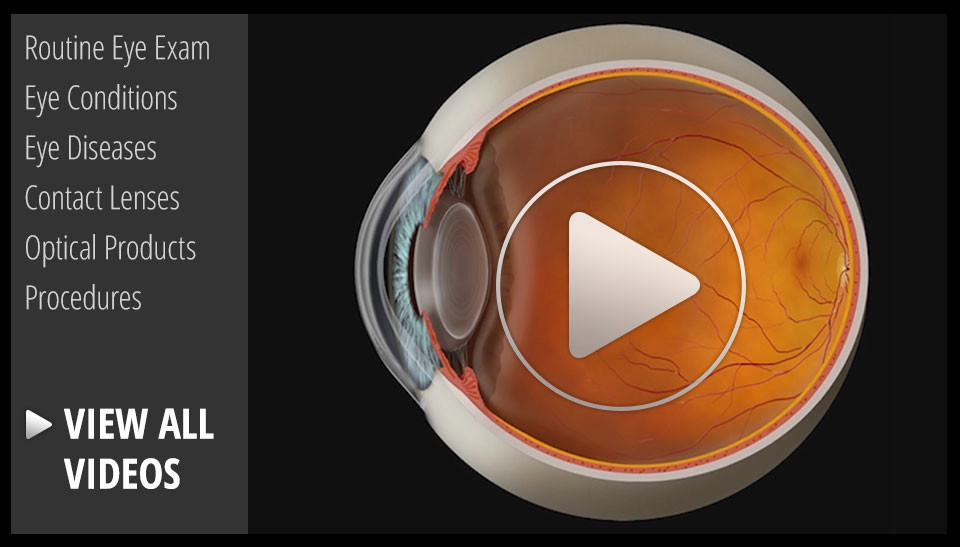Blog

Many people can recall the 1980s song by Thomas Dolby, that includes the lyrics,
”She blinded me with science! And hit me with technology....”
In the 21st century, it seems that the blind can now “depend” on and anticipate science to restore vision.
Scientific advancement in the arena of neuroscience and medicine have given blind people hope that they never had before. The world of science and technology is providing inroads into greater opportunities in the advancement of sight restoration and retinal prosthetics with measured success.
Global statistics show nearly 40 million people are affected by some sort of blindness, with 15 million debilitated by AMD alone. The advancement of Age Related Macular Degeneration (AMD) has sparked new research options for the blind, paving the way to future bionic eye treatments. Using eyeglasses with a camera that transmits images to an electrode implanted in the retina, images and movement can be detected. The Argus II, a retinal...

Cataract Surgery is the third most performed surgery in the United States.
With over 3.1 million surgeries per year, this surgery has a very high success rate with 9 out of 10 regaining vision between 20/20 and 20/40.
The surgery begins with the doctor making a small incision into the cornea. Next the surgeon may remove the lens as one piece or use an ultrasound, laser or surgical solution to break the lens into pieces and remove it.
The posterior capsule, the membrane at the back of the lens is left in place so an intraocular lens can be inserted.
Occasionally the entire lens, including the membrane, will be removed to ensure the membrane won't become cloudy over time and interfere with vision. However if the membrane is removed, a replacement lens can not be inserted. In this case corrective lenses must be worn to restore vision.
 The content of this video and blog cannot be reproduced or duplicated without the express written consent of Eye IQ
The content of this video and blog cannot be reproduced or duplicated without the express written consent of Eye IQ


